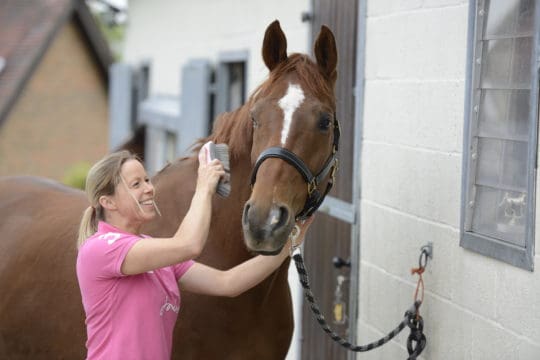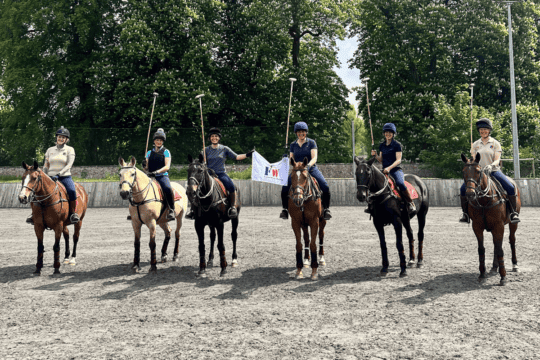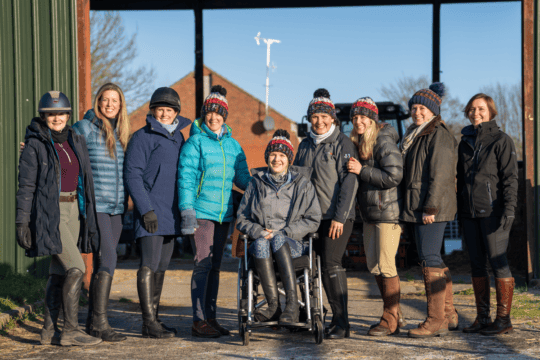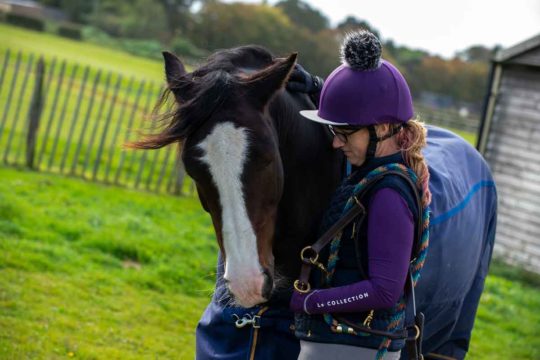
Most Read Articles
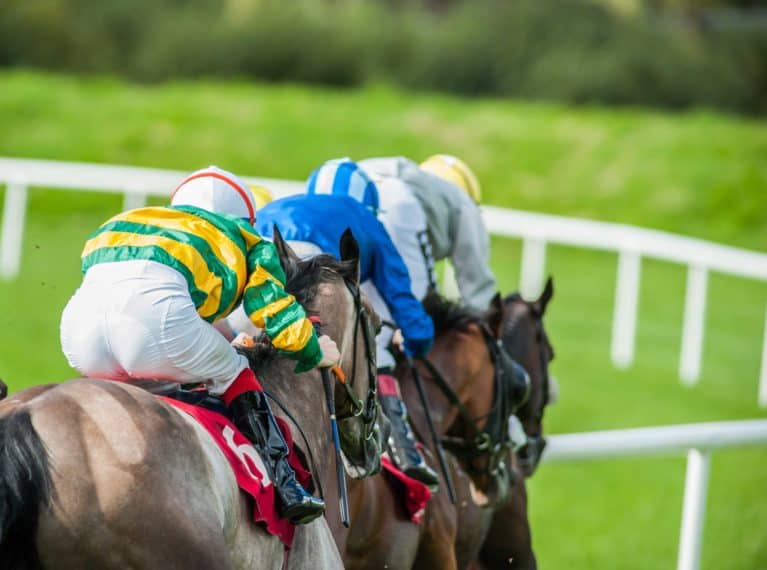
We all know the drill, a handsome Hollywood actor falls and hits his head, forcing him to stay at a ranch for a week, where he learns to ride like a pro, taking on the old, injured problem horse and going on to win the big race!
Horse racing films such as Seabiscuit, Let It Ride and The Black Stallion are some of the most moving and iconic movies out there, but just how much of your favourite horsey Hollywood blockbuster is really accurate, and which areas have been enhanced or even downright fabricated for the sake of your entertainment?
The backyard pony with a bad leg
Fiction: You stumble across a smaller than average horse with a knee injury and a bad attitude, and in a matter of mere months you, with no prior experience yourself, train him up and take home the win – think Seabiscuit.
Fact: There’s no denying that it’s a heartwarming tale and, let’s be honest, we all love an underdog. However, there’s a reason that Thoroughbreds of a particular stature are used for racing – their superior speed, agility, and unrivalled spirit to name just a few.
Becoming a pro jockey over the course of a week
Fiction: Your family sends you away to your aunt and uncle’s farm in the country to keep you out of trouble. Your uncle spends his evenings watching horse racing, and it sparks your interest. Having never even been within a few feet of a horse before, you pick up riding within a day and within a week or two, through watching horse racing on TV, you’ve taught yourself the necessary skills to go on and win a professional race.
Fact: In spite of what the movies would have you believe, it’s simply not possible to jump on a horse, gallop off around a track a couple of times, and take first place at the Grand National a week later. Learning to ride a horse at the most basic level is challenging enough, let alone the years of dedication and training involved in becoming a successful jockey.
Jockeys may look small, but consider the physical strength and muscle memory required just to stay put on a horse that’s galloping around a track at 30mph and leaping 5ft in the air. Understandably, not something that’s achievable in a matter of days or weeks.
Also, let’s not forget the licenses and restrictions that are in place to prevent such inexperienced and unsuitable jockeys from taking part in the first place.
Taming a wild stallion…
Fiction: You find yourself lost in the wilderness, when you stumble across a wild stallion. You manage to befriend him, and form an undeniable bond. This horse, with no previous human contact, allows you to jump on and ride him back to civilisation. Then, confident in your horse’s abilities, you enter into one of the biggest horse racing events in the world, and beat all of the trained racehorses to the finish line – think The Black Stallion.
Fact: Surprising as it may sound, a wild horse isn’t likely to be thrilled with a person jumping on his back, grabbing onto his hair and giving him a poke in the ribs! A horse that’s been handled since birth is challenging enough to break in, never mind a wild one. If you’re under the impression that it’s possible to climb on an untamed horse and ride off into the sunset, then you’re sorely mistaken. In reality the process would take an experienced trainer months of hard work, and probably involve a fair few falls along the way.
If there’s one thing that Hollywood’s good at, it’s giving you the impression that the horse you’re backing will always win in the end! In reality, horse racing can be gritty and betting can be a wildly unpredictable business. If you’re new to betting on horse racing or need help picking a winner, professional horse racing tips can provide you with the inside knowledge you need to back the right horse and take home the win.

